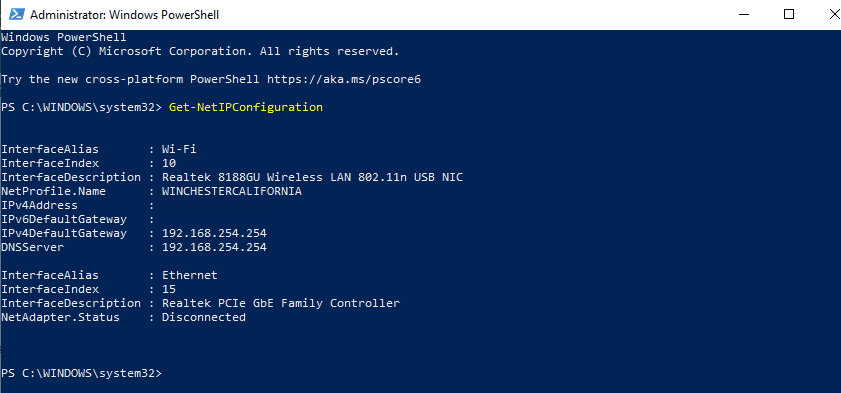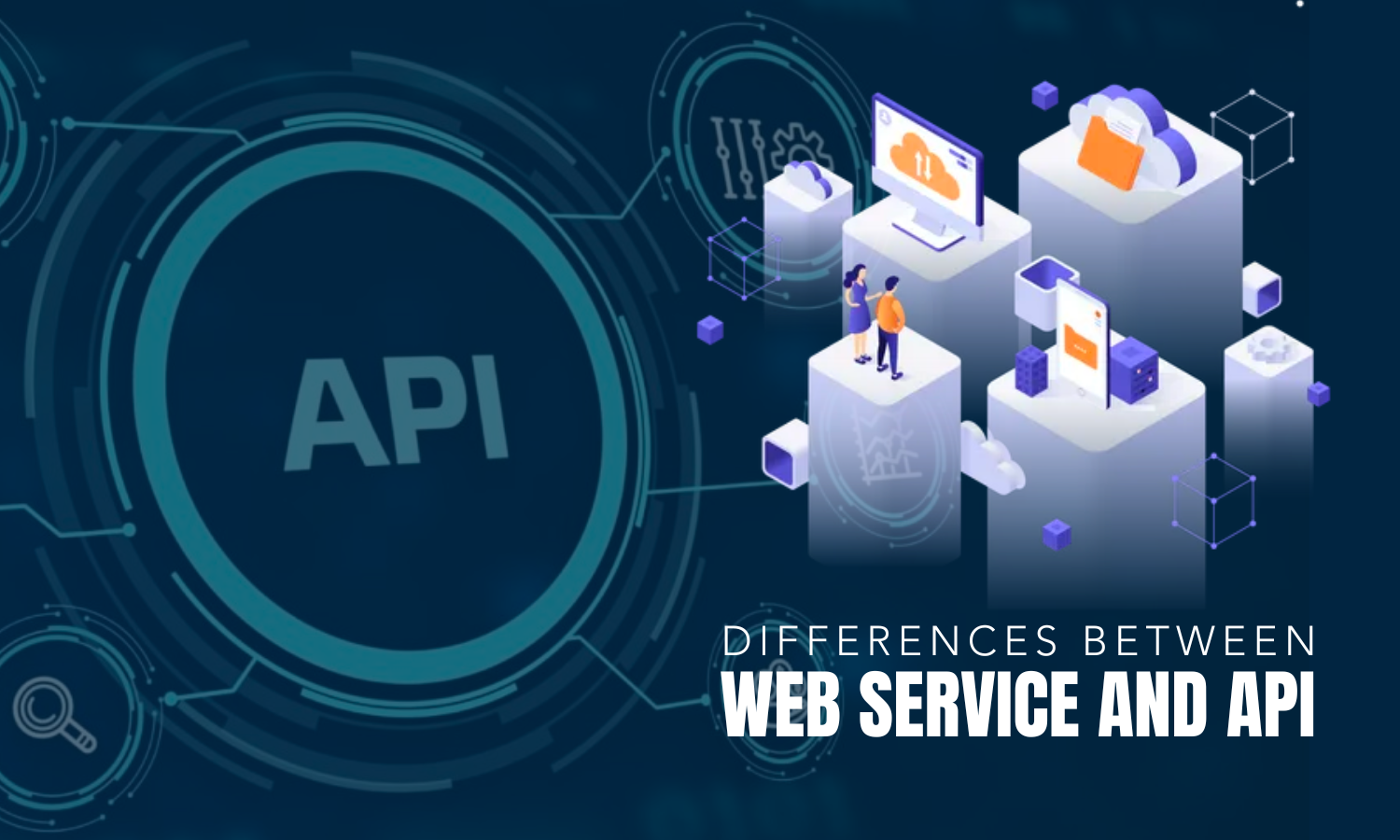

Updated · Feb 11, 2024
Updated · Aug 23, 2023
With more than five years of experience in the background check industry, Ritesh Kumar founded Looku... | See full bio
Florence is a dedicated wordsmith on a mission to make technology-related topics easy-to-understand.... | See full bio
Internet Protocol (IP) addresses are unique numbers identifying network devices. They work like home addresses, allowing computers and devices to communicate.
Over 4 billion IPv4 addresses and over 340 undecillion IPv6 addresses are available worldwide. These IP addresses are further classified into two types: static and dynamic.
A static IP address is constant, while a dynamic IP address changes periodically. Static IPs are assigned by Internet Service Providers (ISPs), while the latter is given by Dynamic Host Configuration Protocol (DHCP) servers.
Both types are distinct in a lot of ways. Continue reading to learn more about the differences between static and dynamic IP addresses.
|
🔑 Key Takeaways
|
There are four main types of IP addresses, which include static and dynamic IP addresses. A static IP address is an unchangeable identifier assigned to devices, ensuring a constant connection. It's vital for web servers and businesses needing a reliable international identity.
|
🎉 Fun Fact: IP (Internet Protocol) constitutes the foundational layer of the Internet Protocol suite. Its crucial role involves labeling data packets with details about their origin and target. When the destination's internet address is absent, data packets remain undelivered. |
A static IP address is used for these situations:
Meanwhile, a dynamic IP address is not tied to individual users or companies. ISPs assign them as needed.
Dynamic IPs are commonly used for consumer devices on home networks. This type of IP address may not be the best choice for businesses that prefer a fixed IP address.
|
💡 Did You Know? The IP addresses they utilize are drawn from a proxy pool, which is frequently refreshed to ensure the availability of operational and unblocked IPs. Discover more through the difference between Static and Rotating Proxies. |
A dynamic IP address is used for the following:
To sum up the difference between static and dynamic IP addresses, check out the table below:
|
Static IP vs. Dynamic IP |
|
|
Static IP Address |
Dynamic IP Address |
|
Provided by ISP |
Provided by DHCP |
|
Remains the same and cannot be altered |
Can change at any time |
|
Can be traced |
Cannot be traced |
|
Less secure |
Lower risk |
|
More stable |
Less stable |
A static IP address has its own set of benefits and drawbacks. Here are the advantages and disadvantages of static IPs:
|
Pros |
Cons |
|
More straightforward DNS setup and management |
Vulnerability to hacking as hackers can quickly locate your server |
|
Simplified remote access through VPN or other remote programs |
Comes with higher costs since ISPs typically charge more for static IPs |
|
Accurate geolocation services for better local information |
Challenging and time-consuming to set up |
|
Provides a stable connection |
|
|
Can handle high-traffic volumes |
|
Dynamic IP addresses also come with pros and cons of their own. Here’s a table presenting their benefits and drawbacks:
|
Pros |
Cons |
|
Automatically assigned by DHCP servers so setup and management are effortless |
May cause geolocation services to fail as the dynamic IP may not reflect the user’s actual location |
|
Allows efficient reuse of IP addresses within a network |
Makes it difficult for remote access software to connect |
|
Makes it more challenging for attackers to target networked equipment |
Not ideal for hosting as it cannot handle high traffic |
|
Generally more cost-effective |
|
Dynamic IPs are more practical than static ones if you're looking for affordable options. Fortunately, there are ways to change your IP from static to dynamic.
Check out four methods you can easily follow below:
To set up a network adapter to ask for a DHCP setup instead of a static IP address through Settings, follow these instructions:


Once you’ve completed these steps, the configuration of your network system will be reset.
|
🔐 Security Tip: Each internet device holds a distinct IP address for communication. An obstructed IP temporarily hinders site access, with a duration of up to 24 hours. To verify an IP block, try the site on another device. The restriction clears in 24 hours. Follow these actions for a blocked IP for instant access or indefinite blocks. Explore these techniques to unblock your IP. |
Using your device's command prompt, You can switch from a static to a dynamic IP setup. Here are the steps:

|
ipconfig |
It should give you the output below. The one in the red box is your network adapter’s name.

|
netsh interface ip set address "Ethernet" dhcp |
Replace “Ethernet” with the actual name of the adapter you wish to configure.
Once you’ve completed these steps, the network adapter will stop using a static IP address. It will automatically obtain its configuration from the DHCP server.
Switching from a static IP to a dynamic setup is possible with Windows PowerShell. All you have to do is follow the steps below:

Key in the command below and press Enter to determine the “InterfaceIndex” number associated with the network adapter:
|
Get-NetIPConfiguration |
It should give you this output:

|
Get-NetAdapter -Name Ethernet | Set-NetIPInterface -Dhcp Enabled |
Replace “Ethernet” with the actual name of the adapter you wish to configure.
|
Set-DnsClientServerAddress -InterfaceIndex 15 -ResetServerAddresses |
Replace “15” with the appropriate Interface Index for your desired adapter.
Once you have completed the steps, the adapter’s IP and DNS addresses will be reset. Your computer will obtain a new dynamic configuration from DHCP.
To set up a network adapter to use a dynamic IP address through the Control Panel, follow these simple instructions:

After you complete these steps, the IP configuration that was manually set will be removed. The device will automatically get a dynamic IP address from the network.
|
❗ Remember: An IP address is not just a string of numbers used for device location. Once in the wrong hands, it becomes a gateway to revealing additional personal information. Explore our article for online privacy risks with an exposed IP address. |
Understanding the difference between static and dynamic IP addresses is essential for navigating the digital world.
Static IPs are consistent and ideal for certain websites, businesses, or applications. Dynamic IPs offer flexibility and cost-effectiveness for most users. Choose the correct type of IP address according to your needs and preferences.
Yes, it is possible and entirely legal to change your IP address.
Static IP addresses are considered less safe because they don’t change. They increase the possibility of hackers locating and gaining access to your data. Static IPs are also more susceptible to follow-up attacks and are easier to track.
Yes, static IPs can improve speed and connection quality. It ensures uninterrupted streaming.
Yes, you can use both static and dynamic IP addresses together. However, ensure that the static IP is not in the same range as the dynamic IP.
Your email address will not be published.
Updated · Feb 11, 2024
Updated · Feb 11, 2024
Updated · Feb 08, 2024
Updated · Feb 05, 2024



